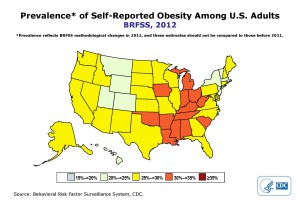
Estimates of obesity in the U.S. range from 30% (Centers for Disease Control data) to 70% (persons selling online and television audience-focused weight-loss programs). We are a nation of fat or fat-obsessed persons, and rightfully so. CDC data shows that the cost of obesity, in 2008 dollars, was estimated at $147 billion. That amount of money would buy a lot of french fries or cheesecake or __ (name your poison).
We all help pay those high-dollar amounts in terms of rising healthcare costs, thus there is considerable interest in finding ways to not only avoid, but also to combat obesity.
In recent years researchers working to understand body fat biology have produced exciting information on differences in types of fat. For instance, we now understand that in addition to white adipose tissue, animals and humans also have brown and beige adipose tissue. White adipose tissue or WAT is commonly found in humans and mice subcutaneously and in visceral fat. Brown adipose tissue or BAT, and beige adipose, is less common, and in humans and mice, is found in deeper cervical, supraclavical and paraspinal areas.
